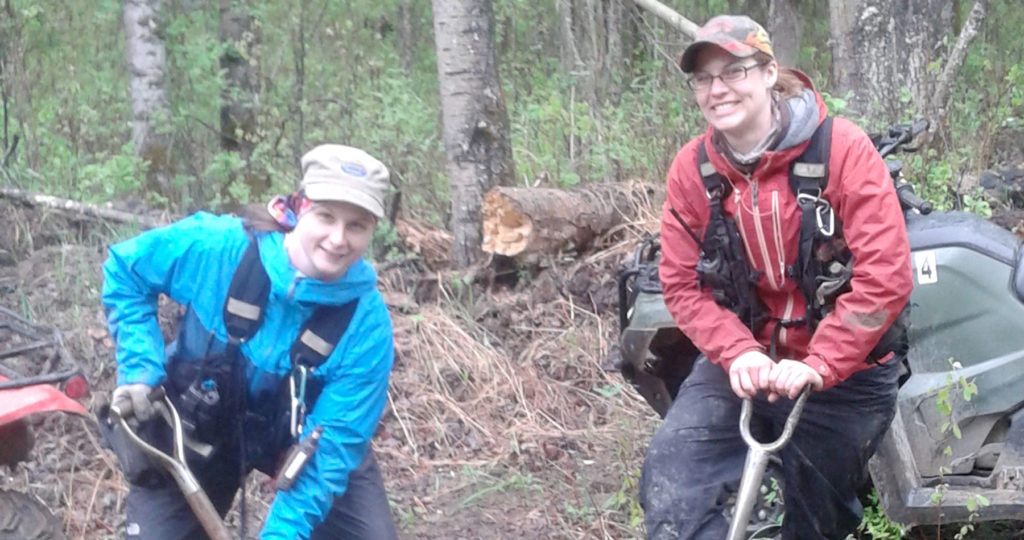Category: Field Life

July 17, 2017
Survival in the Bush
If you spend a lot of time outdoors, either for work or for pleasure, you learn that the weather can change very quickly. You also become aware of how unforgiving mother nature can be. That is why it is so important to carry the right gear and to know some basic survival skills in case
Keep Reading
July 5, 2017
Animal Bones
During an archaeological survey or excavation when animals bones are found, we look for signs that they were somehow modified or processed by humans. Animals were not only a source for food, but their skin, fur, and bones had many other uses. We might find cut marks from a knife made during butchering, or the
Keep Reading
June 28, 2017
Abandoned Campfire
Living in Alberta, we all know how disastrous a forest fire can be. Some of you might have been personally affected by the devastating fires in Fort McMurry or in Slave Lake. Brian knows personally how dangerous forest fires are because he used to be a forest firefighter. Many of us at Tree Time have
Keep Reading
June 21, 2017
12 Foot Davis
When we get the chance we like to get to know the communities that we work in and around. One day last year after finishing work in Peace River, we stopped at the 12 Foot Davis memorial site. Henry Fuller Davis earned his nickname not because of his height, but because of a 12 Foot
Keep Reading
June 12, 2017
Kolomea School
In 2013 Tree Time archaeologists got a chance to work on a relatively rare type of historic period site in Alberta: a historic schoolhouse. The Kolomea school site was brought to the attention of Tree Time Services by construction personnel for a transmission line project. The site consists of three concrete foundations surrounded by non-native
Keep Reading
May 24, 2017
Wood Bison
While doing helicopter work near Zama City in 2014 we spotted a herd of bison. We were very surprised to find out that these impressive animals are not uncommon in the area. These Wood Bison are part of the Hay-Zama herd. What is exceptional about this heard as of 2015, there is no evidence of
Keep Reading
October 19, 2016
Can you find the flakes?
It’s not all sand, toothbrushes, and dust pans for consulting archaeologists. More often than not we find ourselves digging on aluvial fans. In other words, gravel bars created by glaciers, or even old beach shores. That doesn’t mean gravel is sterile. How many flakes can you find in this screen? Scroll down to find out
Keep Reading
July 8, 2016
Archaeology in the Fort McMurray Fire
At the end of June we started work on planned fire salvage harvest blocks for Alberta-Pacific Forest Industries, southeast of Anzac Alberta. This was the southeastern end of this springs massive Fort McMurray forest fire. When fire kills or damages a stand, there’s a limited time-frame within which the wood can still be salvaged for
Keep Reading
June 24, 2016
The King of Spades vs. the Grizzly
Over the years archaeologists have adopted technological advances from other disciplines. In the office, using programs such as QGIS along with LIDAR and other data sets we can create models to predict sites. In the field, we use a GPS for navigation and iPads to take our notes. Artifact processing has also seen many advances
Keep Reading
April 27, 2016
Black Bear
It’s that time of year again! The bears are waking up and the field workers are heading into bear territory. One of our archaeological field crews encountered this little guy in 2013 and found that he was a little less scared of them than the average bear. Usually bears are skittish and will leave the
Keep Reading